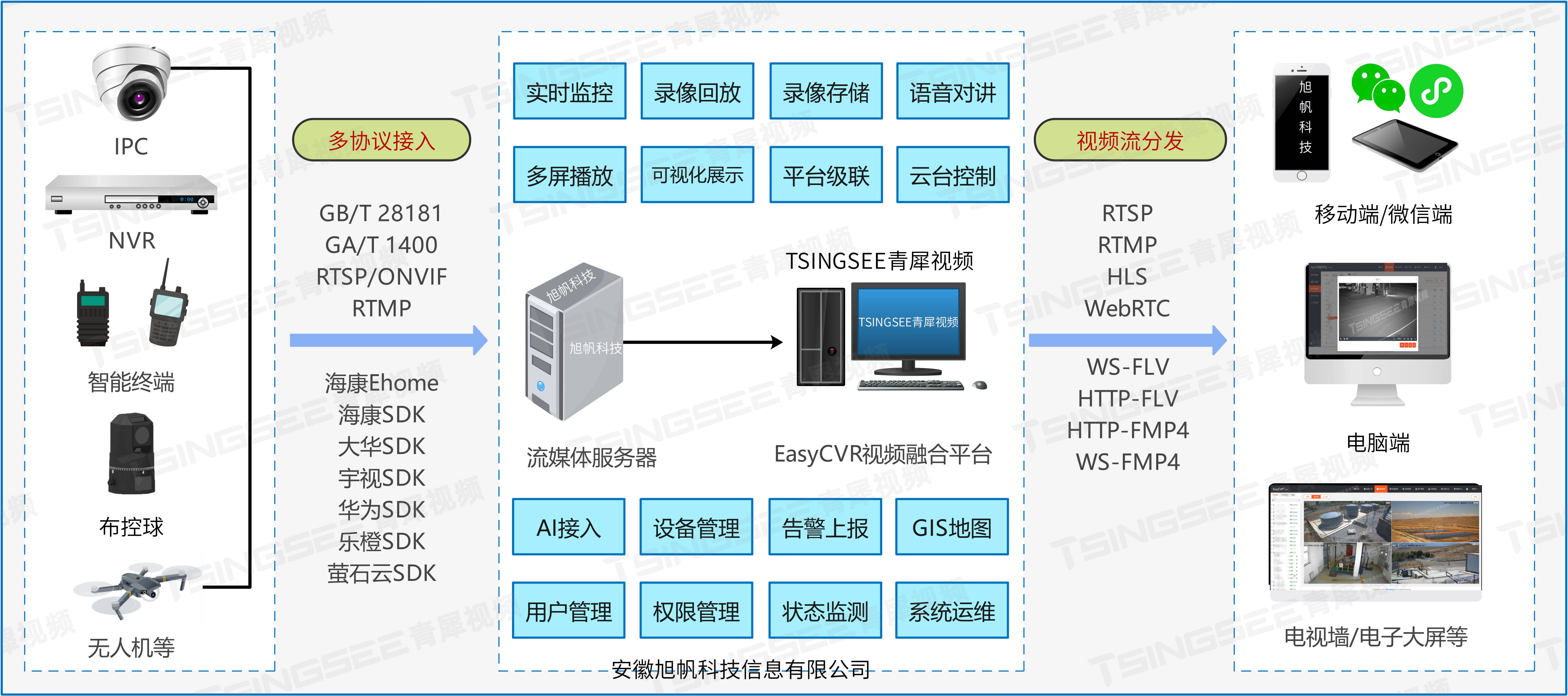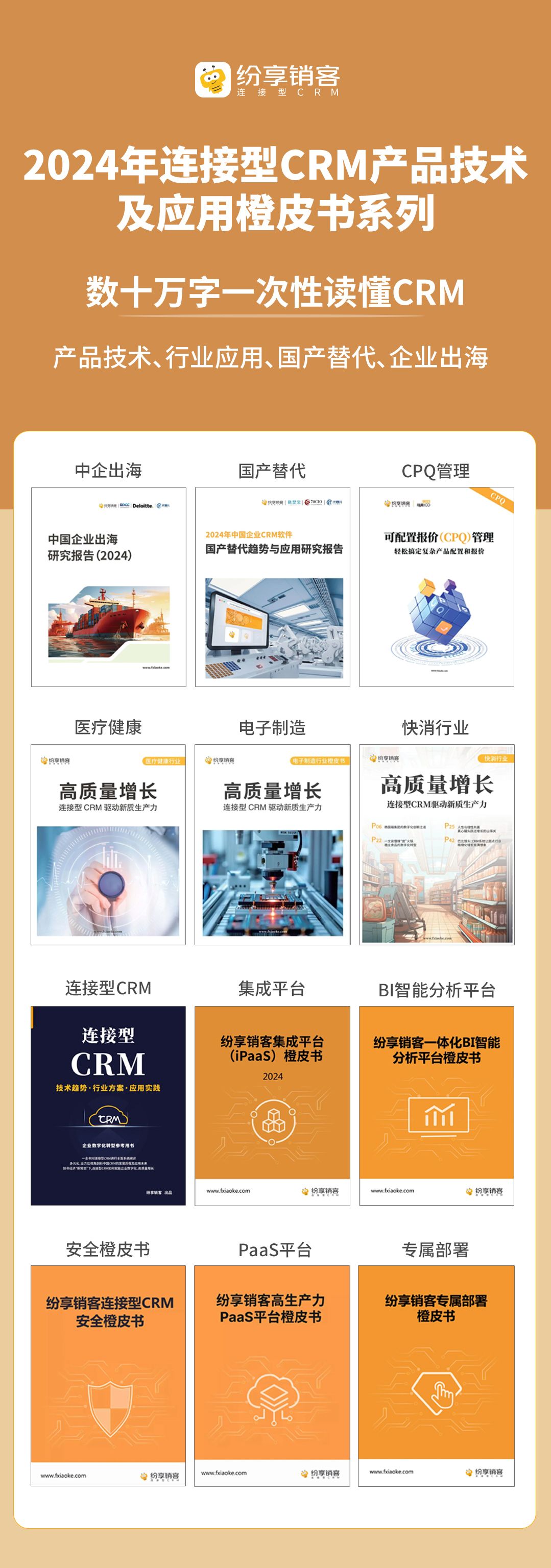How to Describe Figures in a Research Article
| Date | Author | Version | Note |
|---|---|---|---|
| 2024.07.10 | Dog Tao | V1.0 | Finish the document. |
文章目录
Effective communication of data and results is crucial in research articles. Figures play a significant role in visually conveying complex information. To describe figures clearly and concisely, follow these guidelines and examples.
General Guidelines
Introduce the Figure: Always introduce the figure before referring to it.
- As depicted in Figure 1, the results of the simulation show a steady increase in temperature as the reaction proceeds.
- Figure 2 illustrates the distribution of particle sizes in the sample, revealing a bimodal pattern.
- As shown in Figure 3, the new algorithm significantly reduces processing time compared to the baseline method.
Be Specific: Describe what the figure shows specifically. Mention important details like axes, trends, and key data points.
- Figure 4 shows the stress-strain curve for the composite material. The curve highlights the material’s high tensile strength and ductility.
- As illustrated in Figure 5, the graph plots the monthly sales data for the past year, showing a peak in December.
- Figure 6 presents the absorption spectra of the synthesized nanoparticles, indicating strong absorption in the UV-visible range.
Relate to the Text: Connect the figure to the content of your text. Explain how the figure supports or contradicts your argument or findings.
- As shown in Figure 7, the increase in enzyme activity correlates with the rise in substrate concentration, supporting our hypothesis of substrate-induced activation.
- Figure 8 demonstrates the effect of different pH levels on cell viability, which aligns with our previous findings that cells thrive in slightly acidic conditions.
- As depicted in Figure 9, the data supports the theory that higher temperatures accelerate the reaction rate, consistent with the Arrhenius equation.
Use Consistent Terminology: Ensure that the terminology used in the figure description matches the terminology in the figure and throughout the text.
- Figure 10 shows the photocurrent response of the solar cells under different illumination intensities. (The term ‘photocurrent’ is consistently used throughout the text to describe the current generated by the cells when exposed to light)
- As shown in Figure 11, the XRD patterns of the samples match the expected peaks for TiO2. (The term ‘XRD patterns’ is used in both the figure and the text to maintain clarity)
- Figure 12 illustrates the growth curve of the bacteria. (Using the term ‘growth curve’ consistently in the discussion to describe the change in bacterial population over time)
Refer to Sub-figures Clearly: If a figure has multiple parts (e.g., Figure 3(a) and (b)), refer to each part clearly.
- As illustrated in Figure 13(a) and (b), the SEM images show the surface morphology of the untreated and treated samples, respectively. Figure 13(a) reveals a rough surface, while Figure 13(b) shows a smoother texture after treatment.
- Figure 14(a) displays the cyclic voltammogram of the electrode in the absence of analyte, and Figure 14(b) shows the voltammogram in the presence of analyte. The increase in peak current in Figure 14(b) indicates successful detection.
- As seen in Figure 15(a) and (b), the temperature profiles for both the control and experimental groups are plotted. Figure 15(a) depicts the control group, and Figure 15(b) shows the experimental group exposed to the new treatment.
Detailed Descriptions
Introducing a Simple Figure
Example:
As shown in Figure 1, the temperature variation over time indicates a clear seasonal pattern.
Description:
- Introduction: “As shown in Figure 1”
- Specific Detail: “the temperature variation over time”
- Key Point: “indicates a clear seasonal pattern”
Describing a Complex Figure
Example:
Figure 2 demonstrates the correlation between the concentration of hydrogen and the sensor’s response time. The linear trend observed suggests a strong positive correlation.
Description:
- Introduction: “Figure 2 demonstrates”
- Specific Detail: “the correlation between the concentration of hydrogen and the sensor’s response time”
- Key Point: “The linear trend observed suggests a strong positive correlation”
Describing Figures with Multiple Panels
Example:
As illustrated in Figure 3(a) and (b), the XRD patterns of the synthesized materials show distinct peaks, indicating successful formation of the desired phase. Figure 3(a) shows the pattern for TiO2, while Figure 3(b) displays the pattern for Ti3C2.
Description:
- Introduction: “As illustrated in Figure 3(a) and (b)”
- Specific Detail: “the XRD patterns of the synthesized materials show distinct peaks”
- Key Points:
- Figure 3(a): “shows the pattern for TiO2”
- Figure 3(b): “displays the pattern for Ti3C2”
Highlighting Key Data Points
Example:
As depicted in Figure 4, the efficiency of the perovskite solar cells increased significantly with the addition of the frictional electric nanogenerator, reaching a peak efficiency of 18%.
Description:
- Introduction: “As depicted in Figure 4”
- Specific Detail: “the efficiency of the perovskite solar cells increased significantly with the addition of the frictional electric nanogenerator”
- Key Point: “reaching a peak efficiency of 18%”
Comparing Data from Multiple Figures
Example:
Figure 5 and Figure 6 compare the response times of the sensor at different hydrogen concentrations and operating temperatures, respectively. While Figure 5 shows a decrease in response time with increasing hydrogen concentration, Figure 6 indicates an optimal operating temperature range between 200°C and 300°C for the best sensor performance.
Description:
- Introduction: “Figure 5 and Figure 6 compare”
- Specific Detail: “the response times of the sensor at different hydrogen concentrations and operating temperatures, respectively”
- Key Points:
- Figure 5: “shows a decrease in response time with increasing hydrogen concentration”
- Figure 6: “indicates an optimal operating temperature range between 200°C and 300°C for the best sensor performance”
Common Describing Phrases
- As shown in Figure X: Used to introduce a figure.
- Figure X illustrates: Indicates that the figure visually explains a concept or result.
- As depicted in Figure X: Highlights the visual representation.
- Figure X demonstrates: Used to show that the figure provides evidence for a specific point.
- As illustrated in Figure X(a) and (b): Refers to multiple panels or parts of a figure.
- Figure X compares: Used when the figure shows a comparison between different data sets or conditions.
- As seen in Figure X: Similar to “As shown in Figure X,” used to point out a visual feature.


































